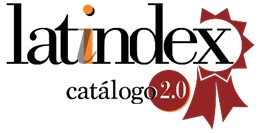Rational numbers in the elementary school: Understanding the magnitude and density supported by models
DOI:
https://doi.org/10.48489/quadrante.22963Keywords:
rational numbers, magnitude of a number, density, models, representationsAbstract
In this article we aim to understand how the use of models contributes to the understanding of the magnitude of a rational number and the density of the set of rational numbers. We report part of a broader study that follows a Design Based Research, within which a teaching experiment was carried out with 25 students and theirteacher, in grades 3 and 4. We analyze classroom episodes where the number line model, 10×10 and 10×100 grids and the bar model were used. The results show that using these models contributed to the understanding of the magnitude of a rational number, as they promoted unit identification and unit change, association of different representations to the same number, call upon reference numbers, and order comparisons between different numbers. The use of models supported the development of the notion of density, supporting the identification of a rational number between two rational numbers and the recognition of the possibility to further partition units by 10










